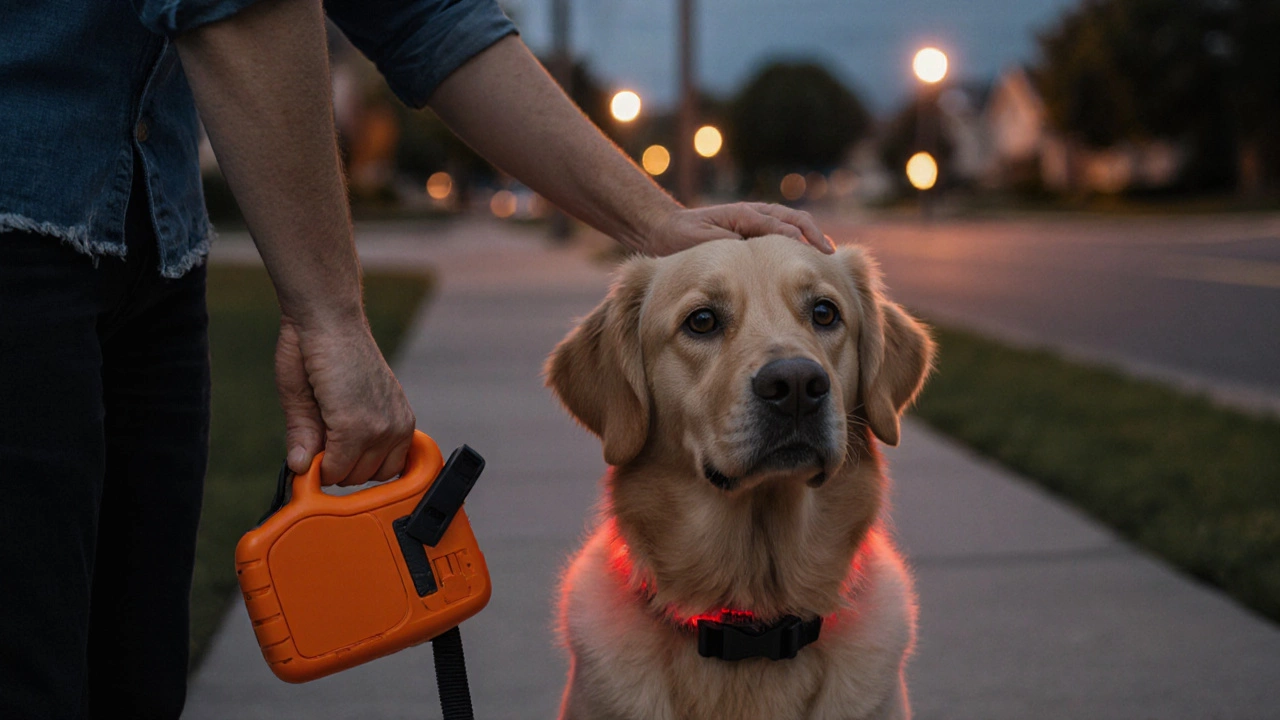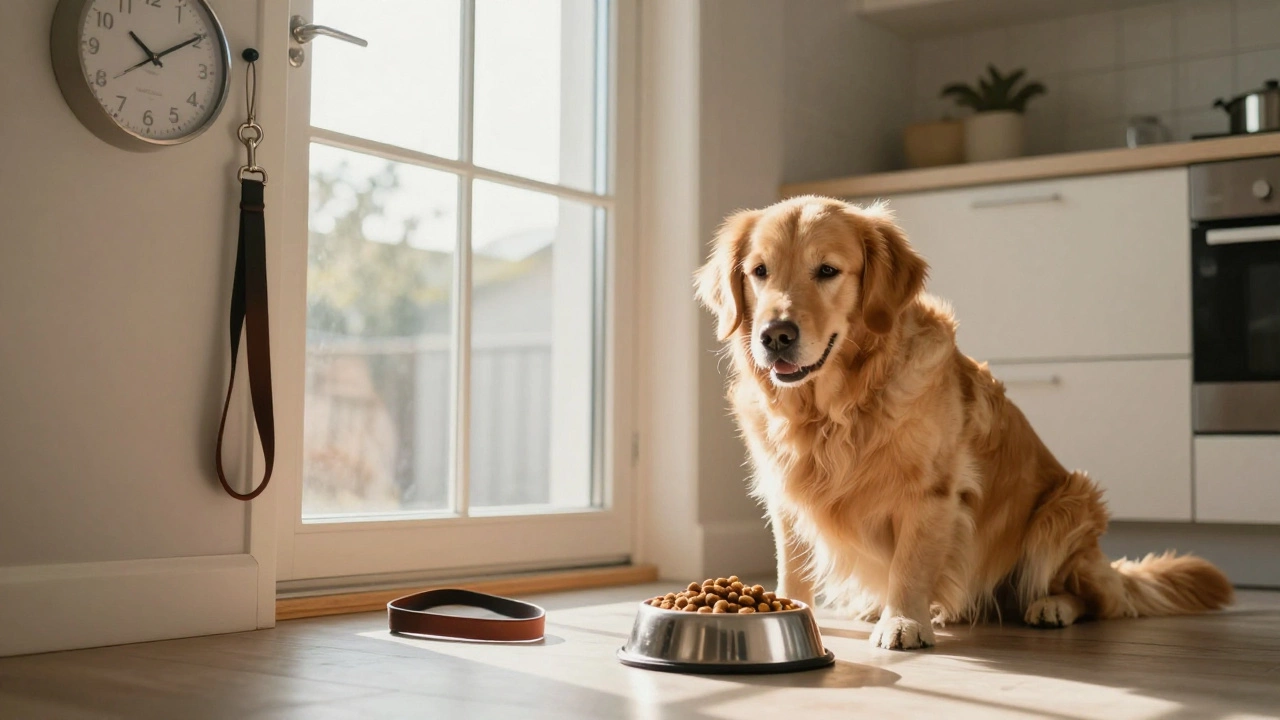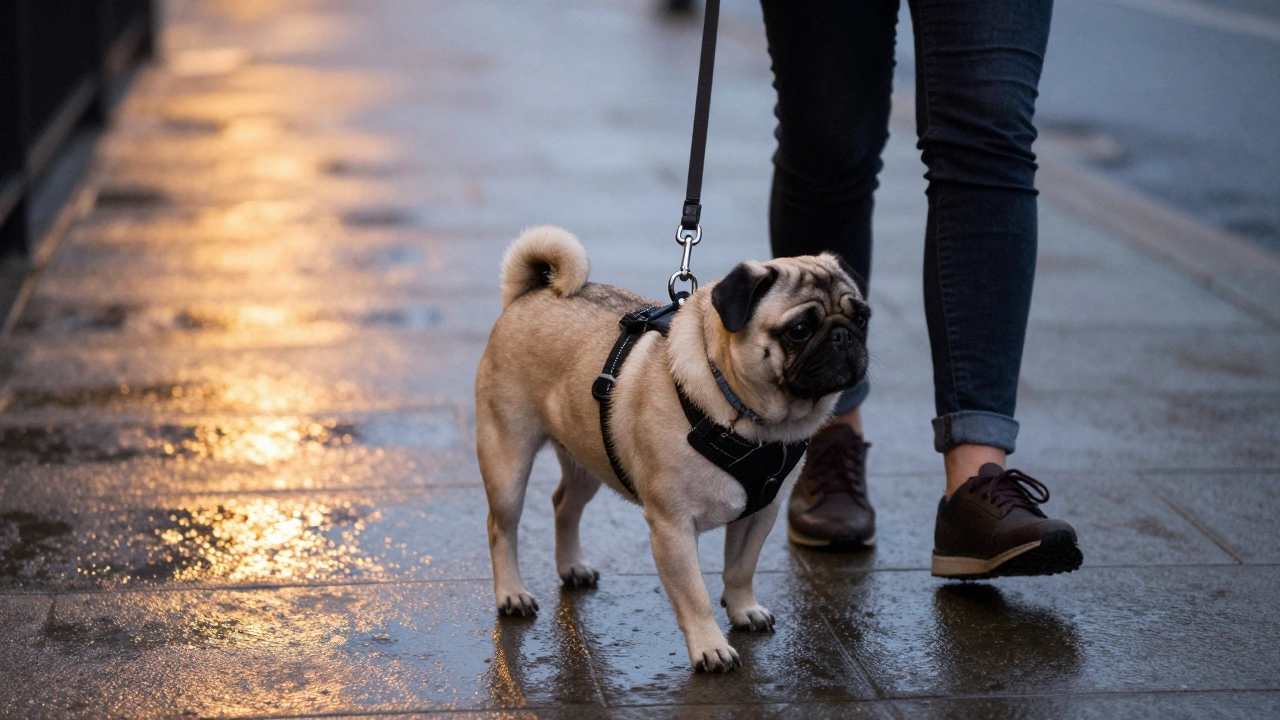No‑Shock Training Collar: Safe Ways to Teach Your Dog
When working with No‑Shock Training Collar, a gentle device that uses vibration or sound instead of electric shock to guide canine behavior. Also known as gentle training collar, it helps owners teach dogs without pain or fear. Unlike older choke‑or‑shock models, this collar sends a low‑level cue that a dog can learn to associate with a command. The key is consistency – you pair the cue with a verbal or hand signal, and the dog soon understands what you want. Because there’s no painful jolt, the dog stays relaxed, which speeds up learning and keeps the bond strong. In short, the no‑shock training collar is a tool, not a shortcut, and it works best when you treat it as part of a broader training plan.
One of the core ideas behind a no‑shock collar is Positive Reinforcement, a training method that rewards desired behavior rather than punishing unwanted actions. Also called reward‑based training, it uses treats, praise, or play to encourage the dog to repeat good choices. When you combine a gentle cue from the collar with a tasty treat, the dog learns faster because the brain links the cue with a pleasant outcome. Positive reinforcement reduces anxiety, which is why many trainers recommend it as the first line of instruction before adding any cue‑based devices.
Another popular companion technique is Clicker Training, a precise method that uses a distinct clicking sound to mark the exact moment a dog performs the correct behavior. Clicker training works hand‑in‑hand with a no‑shock collar: you click when the dog obeys, then the collar gives its subtle vibration or beep as an extra reminder. This double‑layered signal makes the learning process clearer, especially for puppies who are still figuring out cause‑and‑effect. Many owners find that the clicker’s sharp sound plus the collar’s gentle nudge create a clear, non‑ambiguous communication channel.
How Dog Behavior Shapes Collar Success
Understanding Dog Behavior, the range of actions, reactions, and learning patterns that dogs display in different situations is crucial before you click ‘on’ any training device. A high‑energy terrier may respond instantly to a vibration, while a more timid breed might need a softer sound cue. Assessing temperament lets you pick the right intensity level on the collar and choose whether to pair it with treats, play, or verbal praise. If a dog shows signs of stress—pacing, excessive barking, or drooling—dial back the cue and focus on calm reinforcement before re‑introducing the collar.
Training tools, cues, and reinforcement methods all intersect: the no‑shock collar provides a consistent, low‑impact signal; positive reinforcement supplies the reward; clicker training offers precise timing; and knowledge of dog behavior ensures you match the approach to the individual’s needs. Together they form a training ecosystem where each part supports the others, leading to faster learning and a happier pet.
Below you’ll find articles that explore everything from calming your dog with ambient TV to DIY training guides, so you can start using your new collar with confidence and see real results in everyday life.
Humane Alternatives to Shock Collars for Dogs
Explore humane alternatives to shock collars, including vibration, ultrasonic, head and clicker training options, with practical tips for safe, effective dog training.






